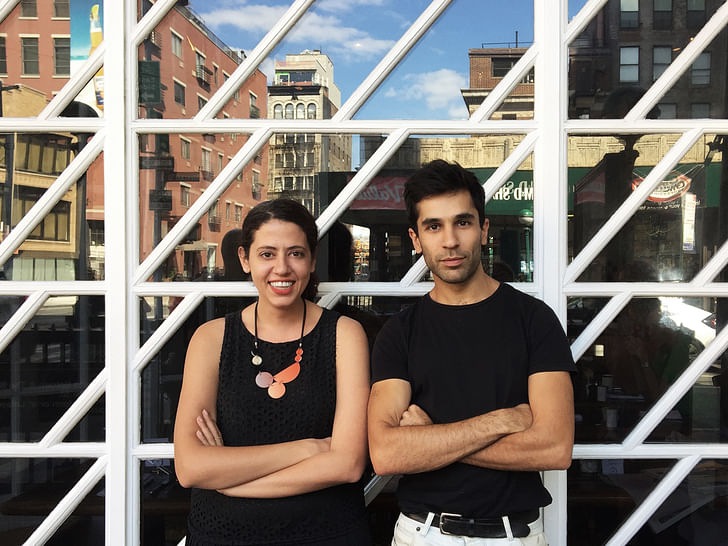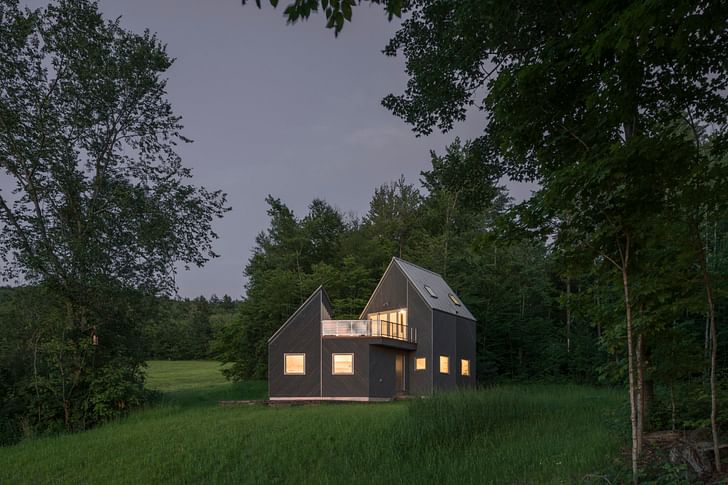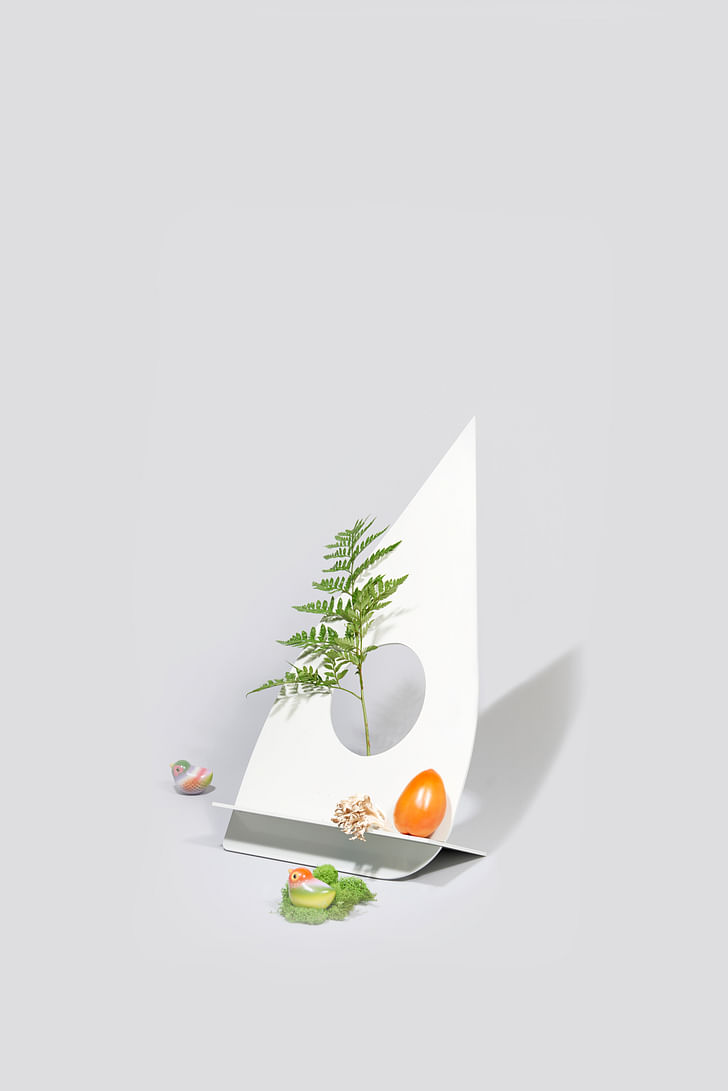

N/A, our latest Small Studio Snapshot, is a New York-based architectural design practice led by Jaffer Kolb and Ivi Diamantopoulou. They are interested in using known forms, techniques and materials in new ways; creating work that is both textured and layered, typical and novel. Current projects of the firm include a house completing this fall, a hotel facade renovation, a cliffside viewing platform, and a collection of design objects.
How many people are in your practice?
Four, this week. Though that’s atypical. In general, here’s where we are: we are two; we have work enough for five; we can never really afford more than one. It’s funny to be in this moment when having people join us full-time seems as inconceivable as it is Imperative.
Is scaling up a goal or would you like to maintain the size of your practice?
The bigger the better!

Why were you originally motivated to start your own practice?
We love to argue, and disagree often. Critiquing one another has informed and bettered both of our independent work for years and we saw starting a practice as a platform to test this productive friction. It was important to us to do this as an office, with projects both real and large; interacting with clients; dealing with lawyers and accountants and insurances of many kinds. In other words, to dive fully into practice as a new space for our arguments and a new site to explore the commingling of different sensibilities. We’d like to think that this model has repercussions in parts of our work that are otherwise totally conceptual and theoretical.
Critiquing one another has informed and bettered both of our independent work for years and we saw starting a practice as a platform to test this productive friction

Can you expand on the idea of "productive friction" and how your differences work together to strengthen your practice?
It’s really quite simple. We come with totally different skill sets, types of experiences, and approaches to work. We’re different genders, different nationalities, different sexual orientations—different orientations in general, really. We’re different personality types; we have different relationships to the discipline. A typical discussion might go as follows: someone in our office will prepare five plan options. One of us will LOVE #2 but HATE #4. The other, of course, will HATE #2 but LOVE #4. What we do know, intuitively and collectively, is that #1, #3, and #5 are uninteresting—and that matters more. In the ensuing argument, we’ll change positions at least twice, and by the end, whatever is left will be robust enough to have survived attack from all angles. There is no score: for every decision we have both lost and won. It’s as exhausting as it sounds.

What hurdles have you come across?
No one tells us what to do. In some ways, freedom can be its own greatest obstacle. Everything feels like taking a risk, and despite the proliferation of small studios, there’s no road map to go off and no safe space to test whether a decision is the right one. Of course this is true when you’re working for someone else as well, but it’s easy to be enamored with responsibility when someone else’s name is on the door. This extends from big things to small, and includes, but is certainly not limited to, the following:

What are the benefits of having your own practice? And staying small?
In our minds, neither of us really has our “own” practice. By calling ourselves New Affiliates we wanted to keep the idea of practice open and not to brand ourselves under our own names. Right now, the core is the two of us, but we fantasize about opening up in different directions. We’ve teamed up with friends on several projects, and we bring people on to help on a per-project basis when we need to. Collaboration can look like a lot of things, of course, and we are in the process of developing our own language and our own thoughts while constantly testing them against people we like and respect. In this sense, owning one’s practice as a relational exercise gets strange and surprising. We’re trying to define ourselves from within as much as we’re allowing ourselves to be shaped from the outside. To carry a bad metaphor, maybe just means we’re just a floating mantle being pressured from both sides? Sounds cozy. But the freedom to relate-- to clients, to projects, to collaborators, to material-- does feel like one of the most exciting parts of this practice, particularly when paired with a drive to make stuff, which we can’t seem to shake.
No Comments
Block this user
Are you sure you want to block this user and hide all related comments throughout the site?
Archinect
This is your first comment on Archinect. Your comment will be visible once approved.